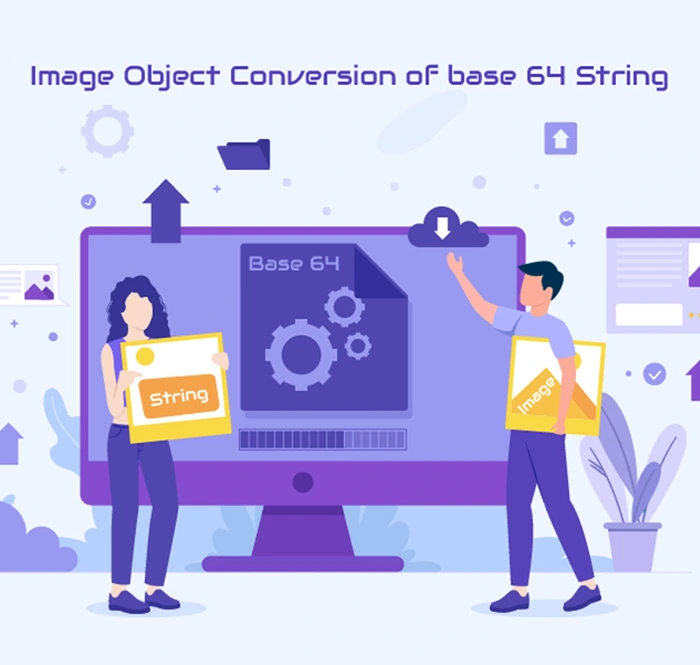
Introduction:
As an aspiring developer, one of my most exciting milestones was when I decided to upload my first module to the Mendix Marketplace. Mendix was already an incredible application development platform for me, but the prospect of sharing my creation with the world was exciting. In this blog, I'll tell you about my experience uploading my first module to the Mendix Marketplace.
The Concept:
My module's concept was simple yet enticing: a recipe search module. I wanted to create a module that could search for recipes based on ingredients, cuisines, dietary preferences, and more. The idea was to make cooking at home more accessible and enjoyable for food enthusiasts and home cooks alike.
Building the recipe search module:
The first step in building my module was to set up a Mendix app project. Mendix's low-code environment made it easy to create the necessary entities, such as Recipes and Ingredients. I also designed a user-friendly UI with search filters and recipe display. The most exciting part was integrating a REST API to fetch recipe data from a popular recipe database. Mendix's built-in capabilities for handling APIs and web services were a game-changer. I defined the API endpoints, handled requests and responses, and parsed the data to display it within my module. The visual modelling and easy-to-use tools made the process a breeze. While developing the module I have gained lot of knowledge, about rest service and etc. we will understand the concept while reading but while doing it that is the real knowledge we get.
Preparing for Marketplace Submission:
Mendix has set clear guidelines for submitting modules to its marketplace. It's crucial to review these guidelines meticulously. They include criteria such as:
Ensuring that the module is well-documented.
Confirming that all entities and microflows have proper descriptions.
Providing screenshots and examples of how to use the module.
Running various tests to ensure the module's stability and reliability.
Addressing potential security concerns.
It's essential to make sure your module meets all these requirements before submission. The pre-upload preparation stage was a valuable learning experience.
Review and Approval
After submitting the module, it goes through a review process by Mendix. This step is essential to ensure the quality and security of modules in the marketplace. It may take some time, but it's necessary to maintain the marketplace's reputation for reliability.
Mendix's team carefully inspects the module, checks for any issues, and ensures that it adheres to the marketplace guidelines.
Success and Public Availability
Once the module passed the review process, it was approved for public availability. It was a moment of great satisfaction. My module was now accessible to the vast Mendix community, potentially helping developers in various projects worldwide.
Seeing your module in the Mendix Marketplace is a great feeling, and the thought that others can benefit from your work is incredibly rewarding.
Conclusion
Uploading my first module to the Mendix Marketplace was a significant milestone in my development journey. It's a testament to the power of low-code development and the Mendix platform's capabilities. The Mendix Marketplace is a fantastic platform for sharing and discovering innovative solutions created by developers like me.
If you're a developer using Mendix, I encourage you to explore the possibilities of creating and sharing your modules with the community. It's a gratifying experience that not only helps others but also contributes to your growth as a developer.










